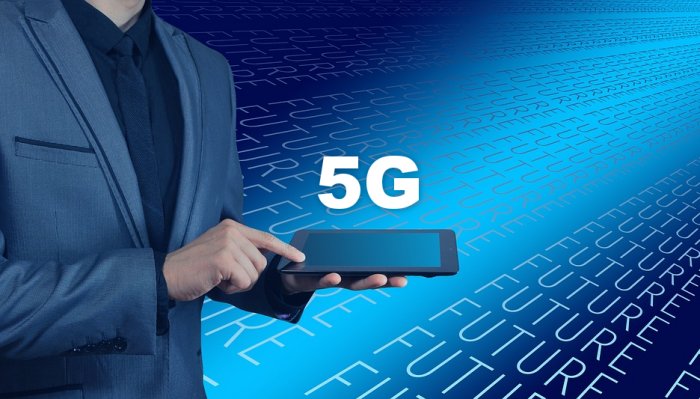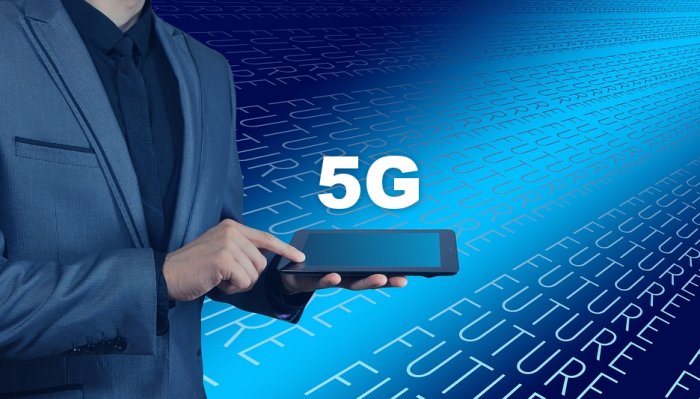The GSM Association (GSMA) predicts the Asia Pacific region (APAC) will become the world’s largest 5G region by 2025; led by countries including Australia, China, Japan and South Korea.
 Image: geralt
Image: geralt
5G, an abbreviation of 5th Generation wireless, offers much faster data communications than 4G and far lower latency among its benefits.
Australia is one of three countries aiming to be the first to launch 5G mobile networks, with the other two countries vying for the "first" title being the Philippines and South Korea. Early adopters to follow are expected to include China, Japan and India.
While GSMA says 4G will remain the dominant technology over the next few years, 5G will gain a foothold in the APAC region by the end of the decade. With launches expected from next year and networks covering 37% of the population by 2025, GSMA anticipates APAC 5G connections will rapidly increase, reaching 675 million by 2025 and accounting for more than half the world's 5G total by that year.
“Mobile operators in Asia will invest almost $200 billion over the next few years in upgrading and expanding their 4G networks and launching new 5G networks in order to accelerate the growth of Asia’s digital economies and societies," said Mats Granryd, GSMA Director General.
In terms of operator expenses, GSMA says 5G should cost less per unit of data than 4G, largely thanks to potential savings to be made through network optimisation and more efficient use of energy by components using the newer technology.
Asia Pacific - The Mobile Economy 2018 report can be downloaded here (PDF).
5G Fixed Wireless Internet - The Future Is Already Here
5G isn't just about mobile broadband - it will also have a huge impact on the fixed wireless internet sector - and it's already happening now in Australia.
Melbourne-based ISP Lightning Broadband has been rolling out 5G technology, including the integration of AirFiber 5X HD radio systems, at selected sites within its tower network. The AirFiber 5X HD is able to achieve 1 Gbps+ throughput and process 2 million+ packets per second. In relation to GSMA's comments about more efficient use of energy by 5G networks, the AirFiber radio systems in use by Lightning Broadband are energy-sippers, using only 6 – 12 watts.
Trivia: According to GSMA, More than 50% of world’s mobile subscribers live in the Asia Pacific region. At the end of 2017, there were 2.7 billion unique mobile subscribers in the region, equivalent to approximately 67% of its population. This figure is expected to reach 3.2 billion by 2025.



